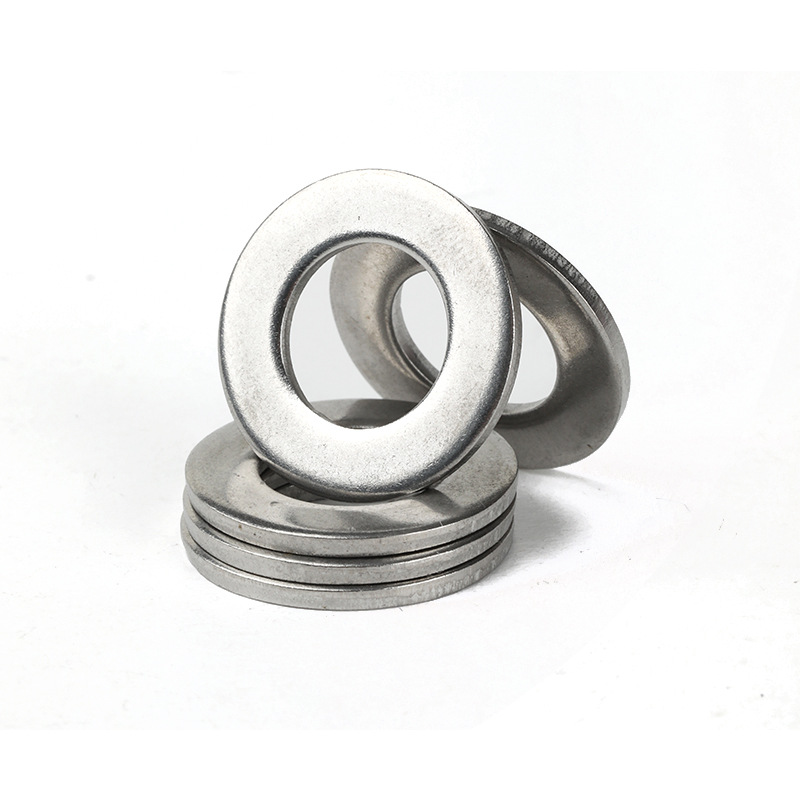

m12 weld stud
Nov . 16, 2024 04:10 Back to list
m12 weld stud
Understanding M12 Weld Studs Applications, Benefits, and Specifications
Weld studs are essential components in various engineering and construction applications, primarily used for fastening and joining materials together. Among the different types of weld studs available, the M12 weld stud stands out due to its size and versatility. This article explores what M12 weld studs are, their applications, benefits, and specifications.
What is an M12 Weld Stud?
An M12 weld stud is a type of fastener that features a metric thread diameter of 12 millimeters. These studs are typically made from metals such as stainless steel, carbon steel, or alloy steel, providing strength and durability for numerous applications. The stud can be either fully threaded or partially threaded, depending on the specific requirements of the project.
M12 weld studs are designed to be welded onto a base material, which allows for a secure and permanent fastening solution. Once welded, a nut can be threaded onto the stud, facilitating the attachment of other components.
Applications of M12 Weld Studs
M12 weld studs are used across a wide range of industries due to their robust nature and reliability. Some key applications include
1. Automotive Industry In the manufacturing of vehicles, M12 weld studs are commonly employed to attach various components, such as seat frames, chassis parts, and engine mounts. The durability of the weld ensures that these critical components stay secure even under stress.
2. Construction M12 weld studs are widely used in steel structures, where they act as anchor points for attaching different structural elements. They can be found in buildings, bridges, and other infrastructure projects where high strength and stability are paramount.
3. HVAC Systems In heating, ventilation, and air conditioning systems, M12 weld studs are used to secure ducts and other mechanical components. They provide a strong connection that can withstand vibrations and thermal expansion.
4. Electrical Applications These weld studs are also used to attach electrical enclosures and panels, ensuring that connections remain secure and safe from the elements.
m12 weld stud

Benefits of M12 Weld Studs
There are several advantages to using M12 weld studs in projects
1. Strength and Durability The materials used to manufacture M12 weld studs are robust, providing high tensile and shear strength. This ensures that the studs can tolerate significant loads without failing.
2. Versatility M12 weld studs can be used in various applications across multiple industries, making them a versatile choice for engineers and designers.
3. Space Efficiency Since weld studs are welded directly onto a base material, they eliminate the need for additional fastening devices, saving space and reducing weight in constructions.
4. Ease of Installation The welding process for attaching M12 studs is relatively quick and straightforward, allowing for efficient assembly and reduced labor costs.
5. Corrosion Resistance When made from stainless steel or specially coated materials, M12 weld studs can resist corrosion, making them suitable for outdoor or harsh environments.
Specifications of M12 Weld Studs
When selecting M12 weld studs for a project, it is essential to consider their specifications
- Thread Diameter M12 (12 mm) - Materials Commonly made from carbon steel, stainless steel (e.g., 304, 316), and other alloys. - Length Varies based on the application and load requirements. - Surface Finish Options include plain, zinc-plated, or other protective coatings. - Load Ratings Specifications vary based on the material and design; it’s crucial to consult manufacturer data to ensure suitability for the intended application.
Conclusion
M12 weld studs are an integral part of modern engineering and construction practices. Their strength, versatility, and ease of installation make them a preferred choice in various applications, spanning from automotive manufacturing to the construction of critical infrastructure. Understanding their specifications and benefits is crucial for engineers and designers seeking reliable fastening solutions.
Latest news
-
Premium Self Tapping Metal Screws: Strong & Easy Install
NewsAug.02,2025
-
Premium Fasteners Manufacturer | AI-Driven Solutions
NewsAug.01,2025
-
Hot Dip Galvanized Bolts - Hebei Longze | High Strength, Corrosion Resistance
NewsAug.01,2025
-
High-Strength Hot Dip Galvanized Bolts - LongZe | Corrosion Resistance, Custom Sizes
NewsAug.01,2025
-
Best Self Tapping Screws for Drywall - Fast & Secure Installation
NewsJul.31,2025
-
High-Strength Hot Dip Galvanized Bolts-Hebei Longze|Corrosion Resistance&Customization
NewsJul.31,2025

